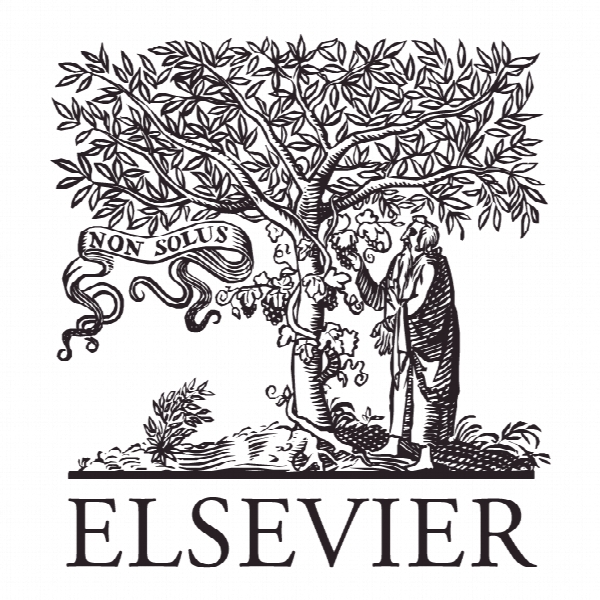تولید آب در یک جنگل بارانی برزیلی: مفاهیمی برای مدیریت منابع آب Water production in a Brazilian montane rainforest: Implications for water resources management
- نوع فایل : کتاب
- زبان : انگلیسی
- ناشر : Elsevier
- چاپ و سال / کشور: 2018
توضیحات
رشته های مرتبط منابع طبیعی، محیط زیست
گرایش های مرتبط جنگلداری
مجله علم و سیاست محیط زیستی – Environmental Science and Policy
دانشگاه Universidade Estadual de Santa Cruz – Brazil
شناسه دیجیتال – doi https://doi.org/10.1016/j.envsci.2018.03.004
منتشر شده در نشریه الزویر
کلمات کلیدی انگلیسی Ecosystem services, Payment for watershed services, National Park, Environmental economics, Northeastern Brazil
گرایش های مرتبط جنگلداری
مجله علم و سیاست محیط زیستی – Environmental Science and Policy
دانشگاه Universidade Estadual de Santa Cruz – Brazil
شناسه دیجیتال – doi https://doi.org/10.1016/j.envsci.2018.03.004
منتشر شده در نشریه الزویر
کلمات کلیدی انگلیسی Ecosystem services, Payment for watershed services, National Park, Environmental economics, Northeastern Brazil
Description
1. Introduction Water is one of the main natural resources that living beings depend on, regarding both quantity and quality. Climatic changes and oscillations, population growth, and complex economic activities promote increases in pressure on water resources, compromising runoffs and the quality of the world’s large freshwater ecosystems (Grafton et al., 2013). In this context, according to Tundisi and Barbosa et al. (1995), knowledge on environmental processes, water uses, and the socioeconomic aspects of watersheds is paramount for formulating water resource management strategies. The volume and hydrochemical characteristics of water produced by areas with preserved vegetation cover reflect the interactions of factors such as climate, soil, relief, geology, and vegetation of a watershed (Neary et al., 2009; Souza et al., 2013; Van Lear et al., 1985). According to Sopper (1975) and Neary and Leonard (1978), watersheds that present dense forest cover provide protection against soil erosion and excessive inorganic matter lixiviation into river waters. Areas with these characteristics are in better condition to produce high-quality water (Bateni et al., 2013; Fiquepron et al., 2013; Jayawardana et al., 2017). Investing in the protection and conservation of forest areas in watersheds may be the most prudent and lucrative path, as shown by Chichilnisky and Heal (1998). This investment is able to reduce the cost of water treatments, as indicated in the studies conducted by Ernst et al. (2004) and Abildtrup et al. (2013). Thus, promoting mechanisms that alter agricultural land uses into forest land uses in zones that are strategic for fluvial and underground recharge is paramount to allow significant volumes of water with high environmental quality and low economic cost. In Brazil, initiatives at the federal level (ANA – Agência Nacional de Águas, 2011) and also by state water supply agencies support maintenance and regeneration actions towards native vegetation in areas often as far as a hundred kilometers upstream, in order to guarantee the runoffs and to reduce the load of inorganic matter drained. These initiatives are structured within the principle of Payment for Ecosystem Services (PES). Regarding water resources, approximately 129 initiatives of Payment for Watershed Services (PWS) have been mapped in Brazil (http://www.brazil.forest-trends.org/). According to Guedes and Seehusen et al., 2011, the effectiveness of most programs is assessed through monitoring activities regarding the preservation of a pre-determined area. However, according to Forest Trends (2015), the implementation of monitoring activities regarding water volumes produced and the quality of these waters is low. Several aspects should be taken into account when executing PESPWS in Brazil. Research studies should be especially encouraged in order to implement this type of program, be them of either a physical/ environmental nature or from a political or socioeconomic standpoint. Studies are indispensable tools to measure the productive ability of a natural system and to identify the needs of a certain region in face of socioeconomic objectives. Liu et al. (2013) and Pereira et al. (2015) conducted participatory action research projects considering natural drivers in watersheds and the environmental perception of water users. According to Quintero et al. (2009), experiments such as these serve as tools for the decision-making process, diagnosing the implementation of a PWS program in a given region as either viable or not.


